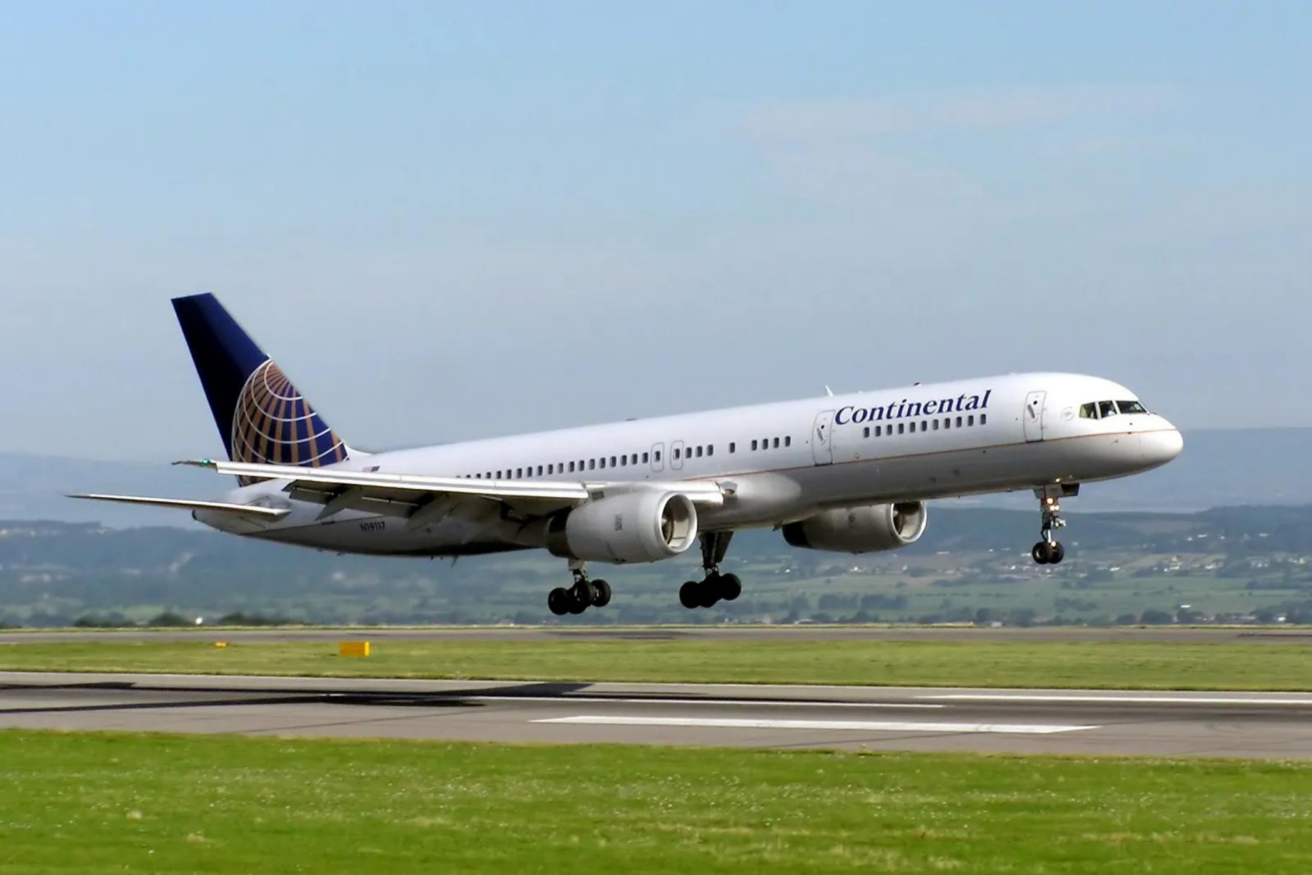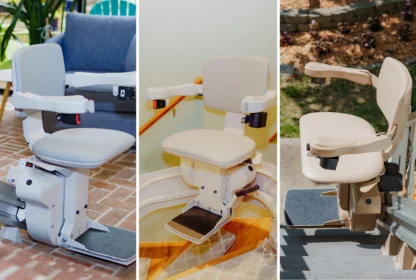
Finally – in this modern society where ADA regulations are commonplace in virtually all walks of life; and through awareness and advancement, people with disabilities are able to maneuver around most anywhere – Continental Airlines, one of the major commercial airline companies, gets with the program.
Despite DOT regulations being initially adopted in 1986, commercial airlines have been the last holdouts for complying with disability access regulations, and simply being compassionate and user-friendly for people with special needs. Research shows that 30%; or 9.4 million of adults with disabilities traveled by air in 2007.
In our last issue, we featured the story of Sally O’Neill who is petitioning the airline industry to create a more disability-friendly environment so that people with physical impairments can utilize their mobile devices such as wheelchairs on board an aircraft; as well as other special needs issues.
In 2008, Continental formed the Customers with Disabilities Advisory Board (CDAB), led by Bill Burnell, Continental’s manager of Customer First & Regulatory Program.
The board’s main goal was to improve the overall airline experience for people with disabilities. What’s most noteworthy, is that the board itself is made up of different people with a variety of physical disabilities. What better way to truly address the real needs that people with physical impairments have regarding airline travel?
Last year, Burnell spoke at ILRU (Independent Living Research Utilization). He explains the history of the DOT regulation:
“The Schedule Regulation is sometimes referred to as the Air Carrier Access Act or the ACAA. And you’ll also hear it referred to as DOT Part 382 or just simply 382.
Just to give you some background on the regulation itself, the original Air Carrier Access Act was enacted back in 1986 after quite an exhaustive rule-making process and some challenges by the disability community and the airlines, the final rule was put into law in March of 1990. So we’ve had the current law in existence now for about 19 years.”
As time went on, changes in the industry required the rules to be revised:
“So as the regulation was rewritten, it had to take all these types of things into consideration — the airline procedural changes, the technology advances, the operational changes, and then all the changes in the environment itself. So they rewrote the entire ruling.
But it’s actually a good thing if you stop to think about it. The regulation is very, very thought out. It covers pretty much everything that a customer may face on board the aircraft and in an airport environment. So it’s a good thing for the airline. It’s a good thing for the consumer.”
The new rules to the ACAA went into effect May 13, 2009, but Continental was driven to not only be ahead of the curve but go above and beyond the current regulations. One example is on international flights, where commercial airliners commonly do what is called “code-share”, Continental will adhere to the DOT regulations, even on aircraft that is not their own within international and foreign airspace. Code share is simply when a customer buys an international flight to an airport in which Continental doesn’t directly serve, they will partner with an airline that does, and so the customer will change flights somewhere to board a non-Continental flight to their final destination. However, their ticket still reads Continental all the way. Traditionally, once a passenger left a domestic air carrier and boarded an international airliner in foreign airspace, all DOT regulations were relinquished. Continental’s new commitment is to adhere to the regulations and be held responsible for them in all codeshare situations.
In addition, Continental offers a section on their website devoted to disseminating pertinent travel information to customers with disabilities. Basically, Continental accepts all types of mobility equipment on any flight, even if they have to make special arrangements just for one particular case. They do ask that customers with needs such as these call 48 hours in advance, and arrive one hour early for check-in.
Continental Airlines has put their money where their mouth is when it comes to promising disability-friendly air travel for their customers. From the formation of their CDAB Advisory Board comprised of several individuals with physical disabilities; their commitment to exceeding federal regulation for the maximum comfort of their passengers; to their entire company focus being redefined to include disabled customers as among their most valuable – Continental has dedicated themselves to making improvements to their airport services, in-flight, marketing, facilities, reservations, interior engineering, aircraft acquisitions, and vendor services departments in order to have the ability to serve all customers with convenience, dignity, and respect – regardless of their physical condition.
Sources: Working Together to Improve Air Travel of Passengers with Disabilities, collected via the internet, https://www.bcm.edu/ilru/html/training/webcasts/handouts/2009/04-01-DBTAC-BB/Powerpoint.pdf
Air Carrier Access Act Update and Impending Changes, transcript collected via the internet, https://www.bcm.edu/ilru/html/training/webcasts/archive/2009/04-01-DBTAC-BB.html
Customer Wheelchair Equipment, obtained from Continental.com web site, https://www.continental.com/web/en-US/content/travel/specialneeds/disabilities/custwheelchair.aspx



